 By Peter Galuszka
By Peter Galuszka
If you read some bloggers on this site, you come away with the idea that conservatives are one, big happy tent where everyone is welcome. They are the new inclusivity; open to “ethnics” such as Hispanics, African-Americans, Indian-Americans and others. As they become educated, earn more money and move up the food chain, this rather patronizing thinking goes, the “newcomers” start embracing the values of the free market and limited government.
The White Anglo-Saxon Protestants who have gone before them are more than happy to welcome them at the table. Please come in and have a seat!
All except for some elements of the conservative movement, that is. Take a peek at the Website of the New Kent Tea Party which operates in the piney woods west of Williamsburg near Providence Forge.
It is a cluttered mess with predictable info tabs about the massive federal deficit and debt and over-regulation. But pay attention to two videos.
One is by Pamela Geller, a New Yorker who occasionally appears as a commenter on Fox News. She is an ultra-anti-Islamist and Obama-hater who goes to extremes in her criticisms. She has come up with fantastic accusations, such as one that Barack Obama is the “love child” of African-American radical Malcolm X who was assassinated in the 1960s.
Her anti-Islam writings have won her a place in the “intelligence files” of the Southern Poverty Law Center, an Alabama-based, liberal activist group that keeps tracks of the radical right, including Ku Klux Klan members and militia terrorists. Among her views: “Hussein (Obama) is a muhammadan. He’s not insane. . . he wants jihad to win.”
Scroll down the New Kent Tea Party site and look at another video. Called “Three Things About Islam,” the video purports to differentiate between the philosophies of Judaism and Christianity and Islam. Voiced over by a man with an apparent British accent (to give it a worldly, sophisticated air), the video says that Shariah Law is absolute and that followers of Islam must make others covert or they must be killed. What’s odd, or maybe not so odd, is that I can’t seem to find who made the video or why the New Kent Tea Party people have it up on their site.
This is serious and scary stuff. Much of the Muslim world has been rocked recently a movie made in shady circumstances somewhere in Southern California that insults Mohammed. Riots in places such as Libya have killed American officials, including U.S. Ambassador Chris Stevens,the first such American envoy to be killed doing his or her duty since the 1970s.
Consider also today’s New York Times opposite editorial page. Globe and Mail European Bureau Chief Doug Saunders has an intriguing piece noting that Islamophobia is the latest hate fad. Politicians such as Michele Bachmann are running around accusing Muslim officials working for the U.S. government of being members of the Muslim Brotherhood while others accuse innocent Muslims of plotting terrorist attacks.
There’s no denying that some elements of Islam are dangerous terrorists with 9/11 being a prime example. The reality, according to Saunders, is that “Muslim immigrants are a success story. They have high levels of educational attainment. Their birthrate is converging quickly with that of the general population. They are likely to ultimately make up 2 percent of the population, around the same share as Episcopalians and Jews,” writes Saunders.
Saunders view fits with my own limited view of the Muslim world. As a journalist, I have traveled or worked briefly in such countries as Azerbaijan, Uzbekistan, Kazakhstan, Indonesia and Malaysia. I have never felt unusually threatened. On the contrary, I felt that when I struck a deal with someone about providing a service, the deal was as solid as it could be.
Another telling point Saunders makes: Not that long ago, some right and left-wing Americans believed that the Catholicism of many immigrants was a huge danger to the republic. Catholics supposedly had high birthrates and had a tendency towards authoritarianism. As late as 1950, a tome linking Catholics to such fascists as Spain’s Franco was selling 240,000 copies. This, of course, was before Pope John Paul II won fame for standing up to Polish communism. It seems that Muslims are the new Catholics.
This is not to denigrate the Tea Party. I may not agree with most of the views of Tea Party leader Jamie Ratdke, who lost a primary fight for U.S. senator to George Allen, but I respect her and realize she’s not exactly a nut case.
I wonder, however, about the folks out there in the piney woods. I went to one of their meetings a couple of years ago that seemed made up of rural folk and military retirees. I was surprised to learn that Barack Obama was responsible for the Troubled Asset Relief Program (TARP) to bail out big banks. The program had been created by George W. Bush’s Treasury Secretary Henry Paulson in 2008, the year before Obama took office.
A small, pesky fact, I guess, in the world view of the New Kent Tea Party.
 Nice to know that the University of Virginia is the best at something. The University has snagged the top ranking in Playboy magazine‘s Top 10 Party schools. More than making up for its 16th place rank for sports (really, that high?), the Wahoos notched a No. 2 spot for sex (behind the University of North Carolina — talk about a school rivalry!) and No. 3 for nightlife. Mr. Jefferson would be so proud!
Nice to know that the University of Virginia is the best at something. The University has snagged the top ranking in Playboy magazine‘s Top 10 Party schools. More than making up for its 16th place rank for sports (really, that high?), the Wahoos notched a No. 2 spot for sex (behind the University of North Carolina — talk about a school rivalry!) and No. 3 for nightlife. Mr. Jefferson would be so proud!




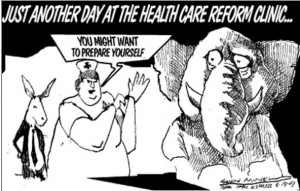
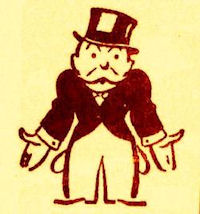
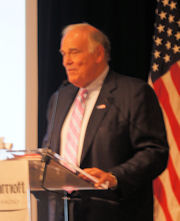
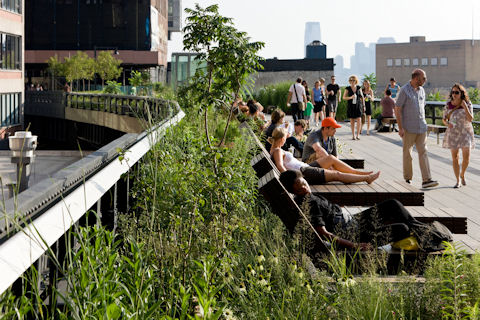
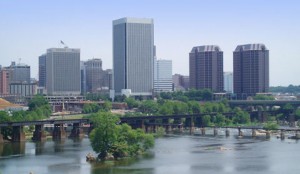


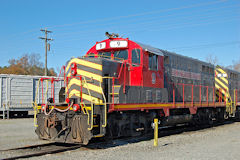
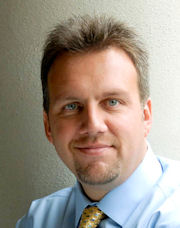
 By Peter Galuszka
By Peter Galuszka

